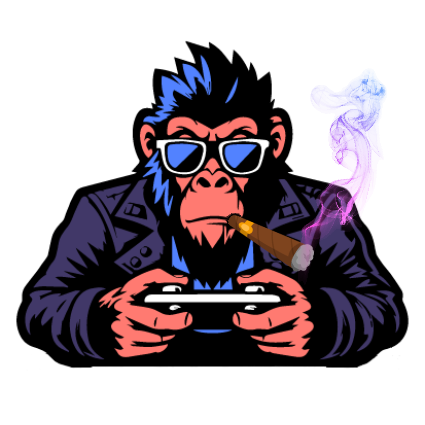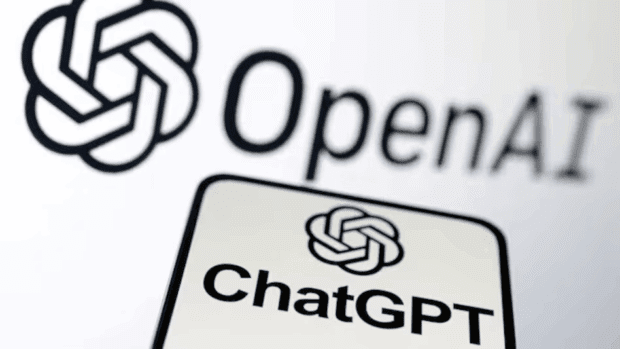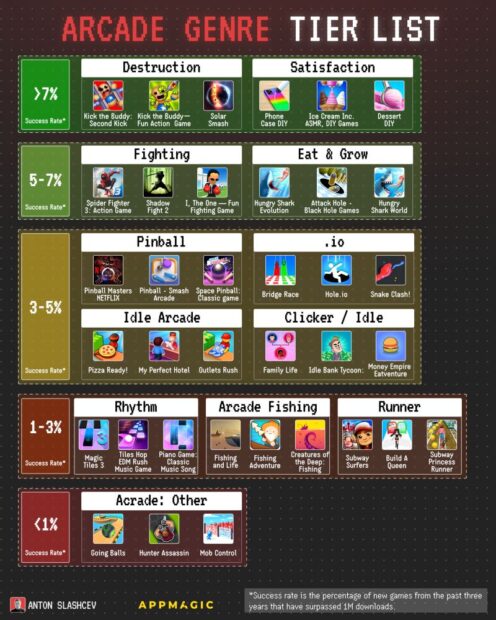
- arrow_back Home
- keyboard_arrow_right Highlights
Burny Games: Integrating AI Agents into Mobile Game Dev
HighlightsJournal 18 Gamigion May 27
Just sat down with the engineering team at Burny Games about integrating AI into internal development processes – from research and architecture to testing and documentation.
Infrastructure Engineer Elena Shtogrina and Product Technical Lead Vitalii Sukhomlyn share current solutions, technology limitations, and tips for those just starting out.
Got a concise Q&A about how they’re integrating AI Agents into Mobile Game Development.

About Burny Games
Burny Games is a Ukrainian Mobile Games Publisher founded in 2022, specializing in the puzzle genre. Its flagship title, Colorwood Sort, has 25 million downloads and over 50% first-day retention. Other popular games include Colorwood Words, Colorwood Blocks, and Playdoku.
Since 2022, the studio has become Ukraine’s fastest-growing mobile game company. As of May 2025, total downloads exceeded 48 million, with 5 million monthly active users. Revenue in 2024 grew fivefold. The team includes 115 specialists.
Less Routine, More Results
Burny Games is actively developing its internal use of artificial intelligence. The goal isn’t to replace people, but to boost team efficiency through technology. The company sees this as a shift in mindset, not just a technical upgrade.
«We use AI to give people more space for creative tasks instead of routine work», – explains Infrastructure Engineer Olena Shtogryna.
She emphasizes avoiding a simplistic approach. The aim isn’t full automation but rather empowering people – in their research, analysis, and deeper involvement in both technical and product decisions.
AI in Action: Where Agents Help
Many tools are built on agent-based systems, which allow work with various tech stacks without needing deep specialization in each. These solutions are especially useful for automating documentation, managing build processes, and supporting DevOps tasks.
Burny’s engineering department is actively testing AI agents throughout the development cycle – from task definition to coding, testing, and documentation. The team focuses on speeding up onboarding for new technologies, analyzing codebases, and generating boilerplate code, especially for repetitive template-based tasks.
«AI is used everywhere nowadays. We share our experiences, conduct workshops, and explore where exactly it can truly empower people –enhancing processes, freeing up time for teams to focus on creativity, strategy, and improving the product», – says Shtogryna.

AI as an Engineering Habit
The biggest impact of AI so far at Burny Games has been in tasks requiring quick adaptation to new technologies. Agent systems can reduce project time by 4-5 times compared to traditional methods. On average, productivity increases by about 20%.
«I use AI every day – from planning to architecture and code reviews», – says Product Technical Lead Vitalii Sukhomlyn. His regular use cases include:
- Designing project architecture;
- Solving complex technical challenges;
- Generating code blocks;
- Working with UML diagrams;
- Writing technical documentation;
- Reviewing existing code.
«I create a prompt with task context and assign roles – like AI Software Architect or Code Reviewer. Then I brainstorm with them – it saves up to 50% of time at the start», – Sukhomlyn adds.
Global Trends in Game Development
In 2024, AI became a major trend in game development. According to a Unity survey, around 62% of developers had already integrated AI tools into production for content creation, gameplay optimization, and test automation.
AI helps developers build more dynamic and personalized game worlds. For example, in Candy Crush Saga, AI helps create and update levels, maintaining balance and player engagement. Innovations like these improve efficiency and meet players’ growing demand for new experiences.
AI in Ukrainian Game Development
Despite the clear benefits, most Ukrainian game studios haven’t adopted agent-based technologies as quickly. Key obstacles include a lack of structured digital data, concerns about security, and fears of confidential information leaks. Large-scale adoption also requires specialists with the right mindset – open to uncertainty and experimentation.
«The practice is growing, but it’s not yet widespread», – says Sukhomlyn. – «Even international colleagues ask us for advice – there’s a lack of clear guides and case studies». He points to outdated pipelines, fragmented data, and fear of losing control. But it’s not just about tech – it’s about how we think. «In any tech revolution, the winners are those who ride the wave early», – he adds.
Limitations: Where AI Agents Fall Short
Despite the progress, the team is realistic about AI’s limitations. In Unity projects, agents often struggle with context – they may not fully understand metafiles, pipelines, materials, or animations.
«AI can generate logic based on a non-existent API or an incorrect method. Developers still need to double-check everything», – Sukhomlyn notes. This becomes especially important in MVPs or production builds – sometimes AI creates more rework instead of saving time.
One partial solution is using advanced protocols like the Model Context Protocol (MCP), which sets standards for connecting tools to models. MCP servers – preconfigured toolsets – help with integration. Still, these don’t yet fully cover the needs of complex projects.
Integrating AI into Company Culture
At Burny Games, AI use is moving from experimental to operational. For now, tech leads and some Unity developers are most active with agents. The goal is to scale this through workshops, shared practices, and new tools.
«We’re on the front lines», – says Shtogryna. – «Once something shows promise, we test and analyze how useful it really is».
AI is also being used to analyze long message threads, collect release data, and optimize business processes in quality assurance. These practices are tested by team leads first, before wider rollout.
What’s Next: Plans, Risks, and Approaches
In the near future, the team plans to:
- Expand use of MCP services for automating internal tasks
- Add AI guides to internal documentation
- Standardize and store prompts and custom instructions for specific projects
«The model is just a tool. Everything is determined by the context of its use», – concludes Shtogryna.
Burny Games’ Advice
Burny Games believes agent-based technologies will become the industry standard within 6-12 months. The company is already scaling tools at the team level.
Advice from Infrastructure Engineer Olena Shtogryna:
- Don’t use AI just for the sake of automation – use it where it truly helps
- Invest in mindset shifts – not just money, but time and examples matter
- Build a culture based on knowledge, not inflated metrics
Advice from Product Technical Lead Vitalii Sukhomlyn:
- Treat agents like colleagues. Have a dialogue – don’t expect perfect answers
- Start small – with simple but real tasks
- Save prompts and working examples – your prompt base will become a key asset







